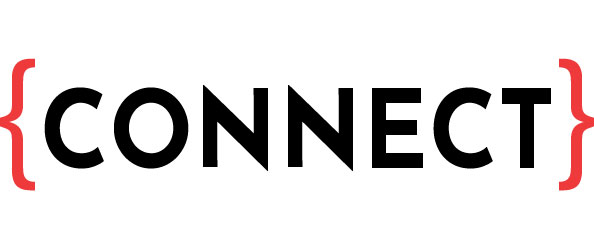*This is content sponsored by Omnivore.
The pace of digital transformation in the restaurant industry is only accelerating. Omnivore CEO Dan Singer said keeping up in that marathon requires more open, efficient ways of connecting to digital tools.
“Just start with the pandemic, you think about what happened immediately: contactless payment, drive-thru, third-party, all of this is the new normal. That spurred the digital journey,” said Singer.
Payments anywhere, everywhere
Digital payments offer evidence of the continued shift for consumers. A recent survey from consulting firm Deloitte found that nearly two in three (57 percent) consumers had used digital apps to order restaurant meals, up 54 percent from last year. What started as a necessity in 2020 has become a habit, and digital options continue to grow.
Consumer preferences are evolving at the same rate as digital transactions become the norm. Consumers want a restaurant transaction to be as seamless as possible and notice when the payment process is clunky and annoying.

Dan Singer, CEO, Omnivore
“We continue to see more brands take a technology-first approach because consumers want that technology, they demand this digital journey,” said Singer.
It’s the same dynamic with food-delivery platforms and the continued expansion of options and providers.
“Obviously, delivery is here to stay, that’s the first and foremost thought there. On-premises dining has made a great comeback and we’re all excited about that, but delivery is now really engrained with customer behavior. Restaurants are looking for menu management and looking to enhance revenue for the next year,” he added.
Few operators want another tablet on their counter, and fewer still want to navigate all those tablets to remove a sold-out menu item. Singer said Omnivore Connect users with the Menu Management Solution can update all their menus at once directly from the point of sale because of the API connection.
“Our Menu Management solution gives you centralized command of your menu, since it is linked directly to the POS, and it supports 86-ing. If you need to make a change you can do it across all providers and your digital menu, as well,” Singer said. “That centralized control is really about giving operators their time back on top of the direct order injection.”
That direct injection means all the order data flows right into analytics software, predictive scheduling algorithms—whatever tools the operator plugs into the API. That makes third-party orders and management much easier and more valuable as insight-driving data or consumer information.
Add trusted, new technology more quickly
As new tools come to market and consumer preferences continue to change, the ability to test and scale new approaches to new challenges is critical. Staffing applications are needed to make scheduling easier on both restaurants and its employees. New modes of delivery require new connections, and new CRM and guest engagement ideas require new integration tools, too.
Singer said an open API makes it easier to adapt to whatever the new must-have tool is, and Connect partners can deploy them even faster by utilizing the Omnivore marketplace.
“We created the Connect Marketplace, to make it even easier for restaurants to find new apps that help drive growth and profitability. We have about 200 apps like Sunday, and OpenTable, and proven tech that we’ve developed. All those integrate with the most popular points of sale,” said Singer. “A POS with an open API structure really opens the world of technology in the restaurant, particularly restaurants that use Omnivore Connect.”
Digital leaders can quickly iterate, test and scale-up payment solutions like Sunday, or one of the other 16 pay-at-the-table solutions to find the ideal fit, mostly with a few clicks.
Accelerating new apps to market
Omnivore Connect also makes it easier for developers to create new tools to meet the ever-changing demands of the restaurant industry in ever-volatile market conditions.
Say you have a great idea for a restaurant app, you look around the industry and it still seems like a great idea. The prototype works well, people are interested and everything is great, right? Then comes the arduous task of connecting that tool to the overwhelming number of points of sale systems across the restaurant space.
Singer said Omnivore Connect solves the integration problem. By plugging into Connect, developers can spend time working on their app, and not need to worry about the integration to every POS in the industry.
“It gives them a faster route to market, and it allows them to focus on the part that touches their consumer, the front end. By using Omnivore, they can be agnostic about which POS they connect with,” he added. “We all know how fragmented the industry is, you’d have to do 10 to 15 integrations to get market share, that’s not what you do as an app developer. Solving for integration is not where our partners want to spend their time, and they rely on us for that.”
The next wave of consumer apps, analytics suites, and great ideas built on Connect are all but destined for the Marketplace and easy-access partner operators.
Singer said all the new tools and ways of doing business have become a necessity, one that’s easier to navigate with fully open and connected tools.
“I feel like many restaurant operators saw technology as a nice to have, now it’s a must-have, it’s a check-the-box requirement for this digital age and that is not changing,” said Singer.
Learn more about Omnivore here.




